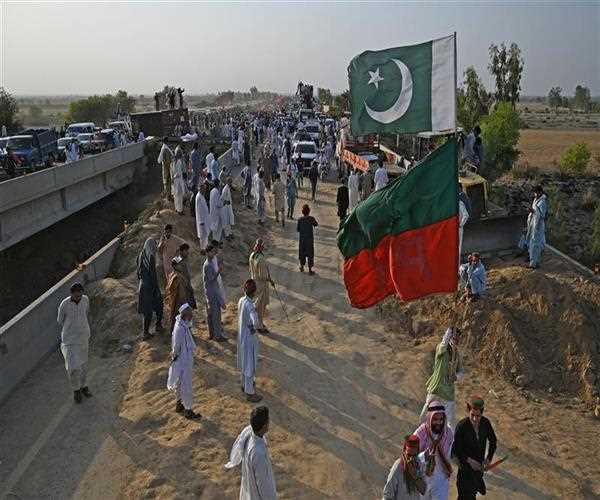Search here

14-Feb-2023
Loan Taking history of Pakistan - Ultimate view of 2023
It is essential to know the loan taking history of Pakistan before going into the details of current loans and the possible reasons for seeking such external financing. Over the years, Pakistan has borrowed from a variety of sources, both domestic and foreign. The purpose for which these loans were taken vary from infrastructure development, modernization of agriculture sector or defense expenditures. This article will look at how much loan Pakistan has taken over different periods, where are they invested and what has been its impact on the economy.
Pakistan has a long history of taking out loans from international organizations and governments. As of 2018, the country's total debt was estimated to be $95.5 billion. The majority of this debt is owed to multilateral organizations such as the IMF and World Bank. Pakistan also owes billions of dollars to China, Saudi Arabia, and the United Arab Emirates.
The Pakistani government has often been unable to make timely payments on its debts, leading to default or rescheduling of payments. In 1999, Pakistan had to agree to a restructuring of its IMF loan after it was unable to meet payment deadlines. In 2001, the country defaulted on $585 million in payments to the World Bank. In 2008, Pakistan was again forced to restructure its IMF loan after failing to make payments on time..
Pakistan's economy has been in a downward spiral for the past few years. The country is currently facing an acute financial crisis, with its debt reaching an all-time high. The Pakistani government has been borrowing money from international lenders and domestic banks to finance its deficit. However, it has failed to repay these loans, leading to a mounting debt burden.
There are many factors that have contributed to Pakistan's current debt crisis. Firstly, the country has a large population and a small tax base. This means that the government relies heavily on borrowed funds to finance its expenditure. Secondly, Pakistan has been embroiled in numerous wars and military conflicts, which have further drained the country's resources. Thirdly, corruption and mismanagement are also rife in Pakistan, and this has led to a misuse of borrowed funds.
There is no single person or entity to blame for Pakistan's current debt crisis. Rather, it is a combination of various factors that have contributed to the country's dire financial situation.
Look, Pakistan's debt has had a number of consequences for the country. Firstly, it has led to a decrease in the value of the Pakistani rupee. Secondly, it has put pressure on Pakistan's government to raise taxes and reduce spending in order to make debt payments. This has caused unrest among the Pakistani people, who have taken to the streets in protests. Finally, Pakistan's debt has made it more difficult for the country to obtain further loans, as lenders are hesitant to lend money to a country that is already so deeply in debt.
The government of Pakistan has been trying to get out of this debt trap by negotiating with creditors and by taking measures to boost exports and reduce imports. In 2016, Pakistan reached a deal with the International Monetary Fund (IMF) for a $6.7 billion loan which came with conditions such as reducing subsidies and increasing taxes. The government has also increased tariffs on imported goods and is encouraging exports through various initiatives such as the 'Make in Pakistan' campaign.
There are several other steps that need to be taken in order to get out of debt. The government needs to increase revenues and reduce expenditure. It also needs to focus on economic growth so that more resources become available for repayment of debts. Finally, Pakistan needs support from friendly countries so that it can overcome this financial crisis.
In conclusion, it can be said that the loan-taking history of Pakistan has been a difficult one. From the IMF loans to the economic aid received from China and other countries, Pakistan has borrowed heavily over the years in order to boost its economy. However, despite all these efforts, it is yet to fully recover from its financial woes. Nonetheless, with prudent management by policymakers and better utilization of resources available at hand, there is still hope for a brighter tomorrow in terms of loan-taking history of Pakistan.

SEO and Content Writer
I am Drishan vig. I used to write blogs, articles, and stories in a way that entices the audience. I assure you that consistency, style, and tone must be met while writing the content. Working with the clients like bfc, varthana, ITC hotels, indusind, mumpa, mollydolly etc. has made me realized that writing content is not enough but doing seo is the first thing for it.
Join Our Newsletter
Subscribe to our newsletter to receive emails about new views posts, releases and updates.
Copyright 2010 - 2025 MindStick Software Pvt. Ltd. All Rights Reserved Privacy Policy | Terms & Conditions | Cookie Policy